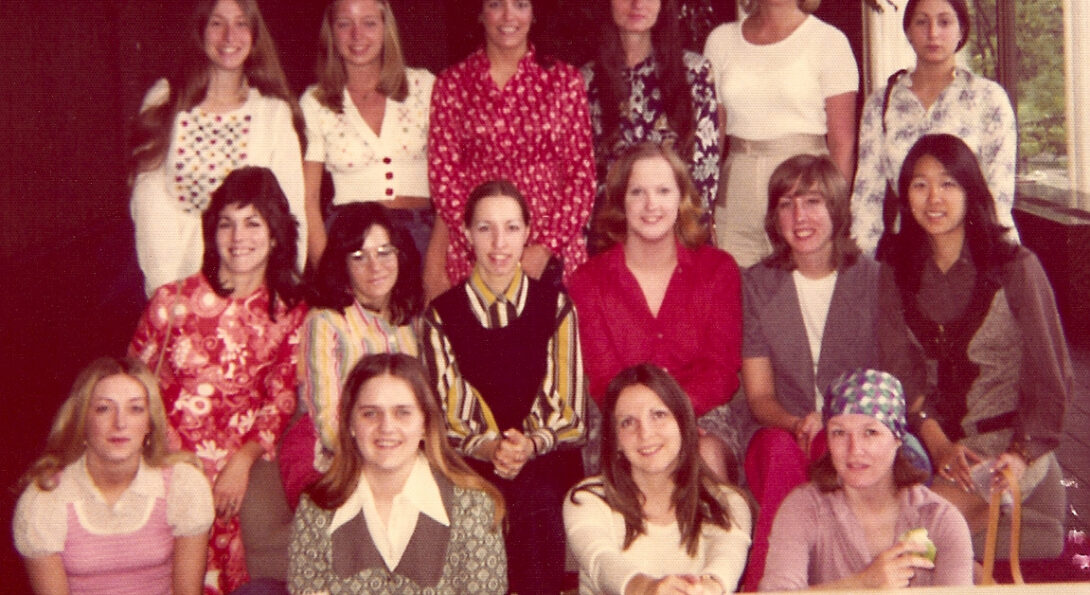Class act

June 1973: Richard Nixon was in the White House. The hit song “Live and Let Die” played nonstop on the radio.
And in a windowless classroom at 835 S. Wolcott Ave., a group of young women began their journey to fulfilling careers and lifelong friendship.
“We spent 12 months together, we bonded—and 45 years later, here we are,” says Lou Ann Schraffenberger ‘74 BS MRA with a laugh.
Seventeen classmates were awarded their bachelor’s degrees in medical record administration on May 31, 1974. A few months later, 13 of them met downtown for dinner to catch up … and they’ve been meeting, and catching up, ever since. They’ve congratulated each other at weddings. They’ve comforted each other at funerals. They’ve helped each other get jobs.
And recently, six of them agreed to pledge a total of $30,000 for a Class of 1974 scholarship to help future students in health information management.